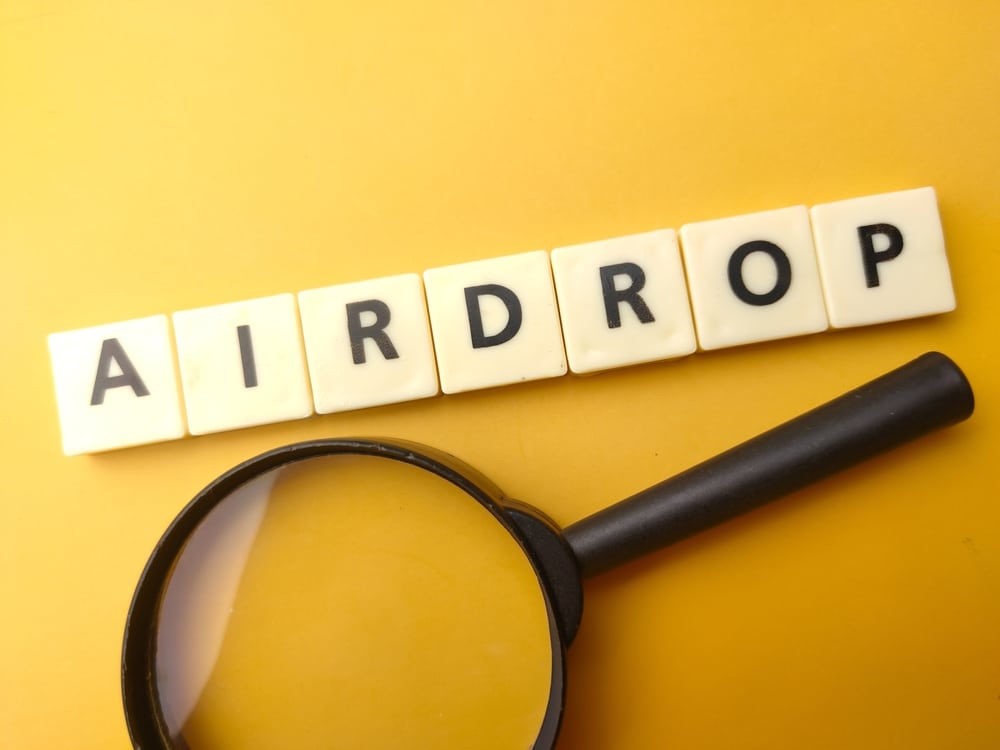
Blast Price Volatility as Ethereum Layer-2’s Unveils Massive Airdrop
Ethereum-based layer-2 network Blast reclaimed the upward steam on Wednesday evening following news of airdrop. Blast ended the long-awaited airdrop that subjected the price to intense volatility.
Before the confirmation of the airdrop on Wednesday, Blast subject the users to apparent disappointment with the L2. Contributing to this disappointment was a surge in the scam tweets targeting to swipe funds from eager traders.
The news of a massive airdrop is behind the gradual rise in BLAST price observed on Wednesday.
BLAST Suffers Price Volatility
BLAST token attracted a $0.025 price on its debut before cooling off and hovering around $0.020. Later, BLAST price rallied to exchange hands above $0.029 to ease the fears that it would keep falling.
BLAST token later declined to exchange hands at $0.024, realizing a 10% up in the past 24 hours, per CoinGecko data.
The airdrop saw BLAST tokens distributed valued over tokens to the community to end the months of incentive-driven hype on the L2. The race to the airdrop created excitement among the Blast users.
Blast airdrop saw eligible users receive $354M in their wallets on Wednesday morning from the layer-2 network. However, most of the airdrop claimants would immediately begin disposing of the BLAST bags.
The mass sale of the BLAST bags yielded selling pressure on the token’s price, forcing many to express disappointment in the giveaway. The resulting selling pressure contrasted with the outcome that eligible users thought would bring multitudes of larger rewards after the airdrop.
A review of the market data shows that the Ethereum layer-2 scaling network is linked to the NFT marketplace. Blur’s founder is now a community with millions of individuals. The network hailed the accelerated growth via a Twitter account update on Wednesday within a short span.
Airdrop Falls Short of Expectations
The celebration to welcome the unveiling of the BLAST airdrop became short-lived as community discontent surfaced amid scam news. DeFiance Capital chief investment executive Arthur Cheong observed that the initial $2 billion fully diluted valuation (FDV) hardly met expectations.
Cheong indicated via a post on X (formerly Twitter) that the BLAST airdrop was anticipated to match the previous L2. Nonetheless, the giveaway hardly realized a $5 billion FDV.
Cheong observed that the days of infra projects realizing over $20 billion FDV are long gone. The DeFiance Capital founder sympathized with the situation for missing the valuation mark. The community observed that most eligible users became victims of scammers exploiting the airdrop hype.
Verified that users with the gold checks linked to organizations, affiliates, and employees were behind the spread of fraudulent links. The accounts were misleading, resulting in substantial financial losses for the victims.
The situation drew attention to the vulnerabilities within the crypto space during high-profile events such as airdrops. It was evident that a dozen accounts that have gold checkmarks were found to churn fake information that impersonated the official Blast account.
BLAST Airdrop Hampered by Malicious Links
The race to the Blast’s airdrop saw a minefield of malicious links emerge on Twitter as scammers seemed to tap tools utilized by verified organizations.
One scam-related link eventually penetrated Blast’s official Discord, and only a community moderator could avert the potentially wallet-draining link. The scams leveraged the hype as Blast users anticipated receiving 17 billion BLAST tokens.
Blast warned users of the accounts impersonating the L2 via its official X account on Wednesday, June 26. The announcement hardly saved a victim who lost $218,00, as per Scam Snifer, owing to signing multiple phishing signatures.
The chaos saw Blast’s price sharply decline, leading to disappointment in the community comprising investors and token enthusiasts.
The price plunged as the holders hurriedly disposed of the airdropped tokens, contributing to eroding the market value. The negative sentiment from scams and dissatisfaction within the Blast community drove the steep decline in price.




